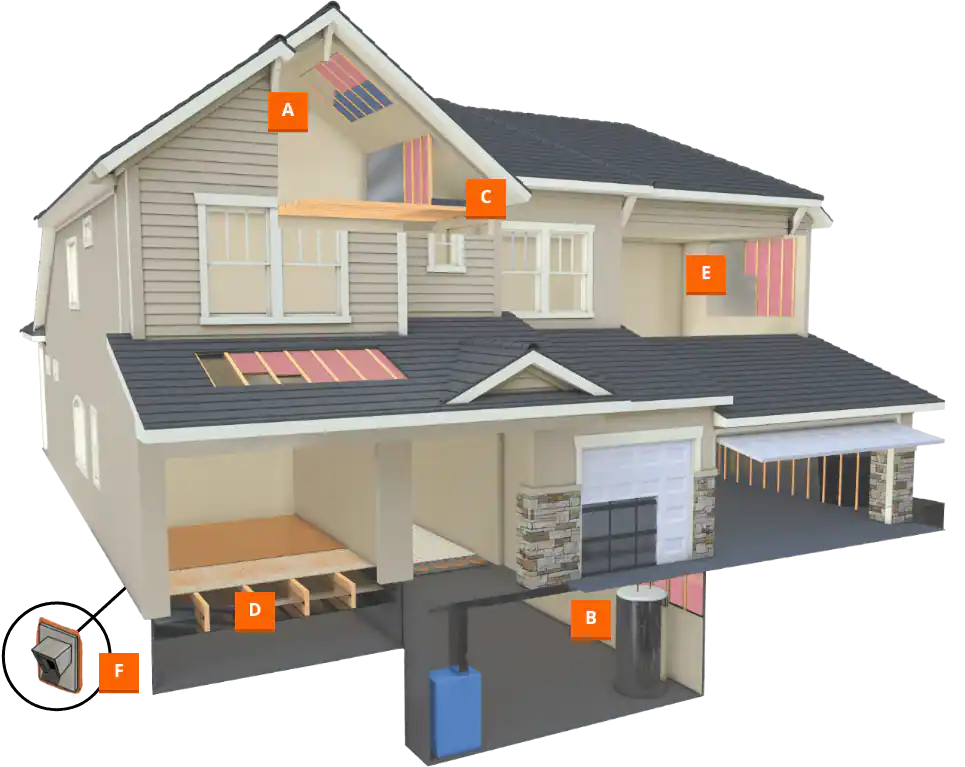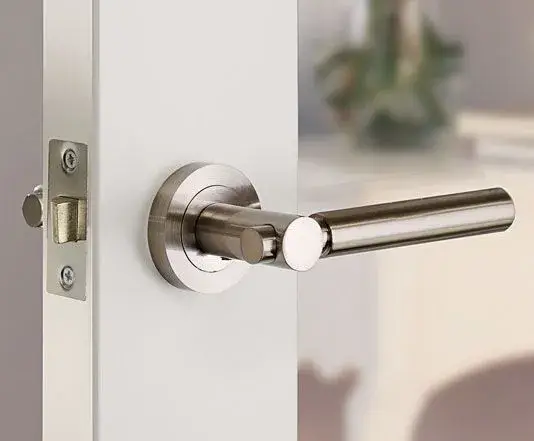When it comes to leaving doors open or closed in a house, opinions may vary based on personal preferences, lifestyle, and specific circumstances. Both options have their advantages and disadvantages, and the choice often depends on factors such as privacy, airflow, energy efficiency, and safety. In this article, we’ll explore the pros and cons of leaving doors open versus closed in a house, helping homeowners make informed decisions based on their individual needs and preferences.
Leaving Doors Open: Pros and Cons

Pros:
- Improved Airflow: Leaving doors open can promote better airflow throughout the house, especially in rooms with poor ventilation. This can help regulate indoor temperature, reduce stuffiness, and create a more comfortable living environment, particularly during warmer months.
- Natural Light: Open doors allow natural light to penetrate deeper into the house, brightening interior spaces and reducing the need for artificial lighting during the day. Sunlight has been shown to improve mood and productivity, enhancing the overall ambiance of the home.
- Enhanced Social Interaction: Open doors can facilitate social interaction and connectivity between family members or housemates by creating an open and inviting atmosphere. It encourages communication, fosters a sense of togetherness, and promotes a more inclusive living environment.
- Visual Continuity: Keeping doors open can create visual continuity between different areas of the house, making the space feel larger and more cohesive. It allows for seamless transitions between rooms and enhances the flow of movement within the home.
Cons:
- Lack of Privacy: Open doors may compromise privacy, especially in bedrooms, bathrooms, or other private spaces. It can make occupants feel exposed or vulnerable and may lead to discomfort or reluctance to engage in certain activities when doors are left open.
- Noise Transmission: Open doors can allow sound to travel more freely between rooms, leading to increased noise levels and potential disturbances. This can be particularly problematic in households with multiple occupants or in homes with open floor plans.
- Energy Loss: Leaving doors open can result in energy loss, as heated or cooled air escapes from conditioned spaces, leading to higher energy bills and reduced energy efficiency. This is especially true during extreme weather conditions when heating or cooling systems are in use.
- Security Risks: Open doors may pose security risks by providing easy access for intruders or unwanted visitors. Unattended open doors can also make it easier for pets or young children to wander off unsupervised, potentially leading to accidents or injuries.
Keeping Doors Closed: Pros and Cons
Pros:
- Privacy and Security: Closed doors provide privacy and security, allowing occupants to have personal space and control over their environment. It helps create boundaries between different areas of the house and enhances feelings of safety and security.
- Noise Reduction: Closed doors help contain sound within individual rooms, reducing noise transmission and minimizing disruptions. This is especially beneficial in homes with multiple occupants or in situations where quiet and concentration are desired.
- Energy Efficiency: Closed doors help maintain indoor temperature by preventing conditioned air from escaping and minimizing energy loss. This contributes to lower energy bills, increased energy efficiency, and greater comfort for occupants, particularly in homes with central heating or air conditioning.
- Controlled Airflow: Closed doors allow occupants to control airflow and ventilation within individual rooms, optimizing comfort and airflow based on specific preferences and needs. It helps regulate temperature, humidity, and air quality for improved comfort and well-being.
Cons:
- Reduced Natural Light: Closed doors can limit the penetration of natural light into interior spaces, resulting in darker and less inviting rooms. This may necessitate the use of artificial lighting during the day, leading to increased energy consumption and higher utility costs.
- Isolation and Disconnection: Closed doors may contribute to feelings of isolation or disconnection between occupants, particularly in larger households. It can hinder social interaction, communication, and the sense of togetherness within the home.
- Visual Separation: Closed doors create visual barriers between rooms, interrupting the flow of movement and reducing visual continuity within the house. This can make the space feel more segmented and compartmentalized, detracting from the overall aesthetic appeal.
- Air Stagnation: Closed doors may lead to air stagnation and poor ventilation in certain areas of the house, particularly in rooms with limited airflow. This can result in stuffiness, odors, and decreased indoor air quality, negatively impacting occupant comfort and well-being.




